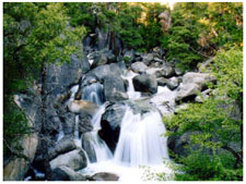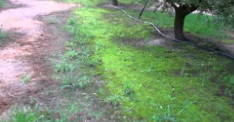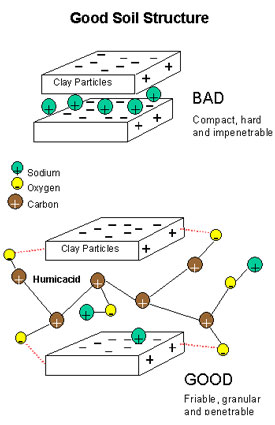Water Management Solutions

Water Management
If you’re experiencing problems with the soil not retaining water or if there are areas where the water can’t seem to penetrate the soil, our products can help.
Water management can be extremely difficult in some areas. The two biggest water management concerns are Water Penetration and Moisture Retention in the soil. Many areas experience a combination of these problems on the same plot of land.
Our products are very effective at achieving water penetration in the most difficult areas. We also have been successful in developing sandy soils to increase available water and nutrient retention levels.
If you’re experiencing problems with the soil not retaining water or if there are areas where the water can’t seem to penetrate the soil, our products can help.
Water management can be extremely difficult in some areas. The two biggest water management concerns are Water Penetration and Moisture Retention in the soil. Many areas experience a combination of these problems on the same plot of land.
Our products are very effective at achieving water penetration in the most difficult areas. We also have been successful in developing sandy soils to increase available water and nutrient retention levels.
Water Penetration or Infiltration

Water penetration can be a problem due to a variety of reasons:
- Insufficient moisture promotes High salt content which destroys soil structure and inhibits the ability of roots to take up water.
- High sodium levels can bind up the soil and virtually block any water from penetrating the soil, this is especially common in clay soils.
- Compaction can be a problem in some crops due to the extreme Physical stress on the soil that is caused by Heavy equipment and tillage practices.
- Compaction reduces pore spaces for air and water, creating a hostile environment for beneficial microbial activity.
- Unbalanced nutrient levels can effectively "lock up" otherwise good soil
- Tight Clay ground may take too long to saturate, creating runoff before the water has had a chance to enter the soil
|
Our products are proven to increase water penetration.
|
Water RetentionAlthough you wouldn't think it, we are able to retain water in sandy souls and improve the plants drought tolerance because of the same chemical reaction. The Humic acid molecule coats the sand particles and "chelates" with nutrients and holds them close to the sand particle and keeps them from leaching through the soil profile.
|
"Water is the lifeblood of any plant" |
How Humic Acid can Help
A soil's water holding capacity has a lot to do with its physical characteristics. A heavier clay soil with more organic matter has more surface area to attract moisture and nutrients as opposed to a sandy soil with minimal organic matter.
Humic acids are similar to clay soils as they have a large surface area, can attract nutrients and moisture, and are a carbon based material. Together, these provide feeding sites for soil microorganisms. Even in sandy soils, humic acids help bind soil particles together which improves its moisture holding capacity. It is said that soils with a humic acid application can hold 7 times their volume in water.
Humic acids are similar to clay soils as they have a large surface area, can attract nutrients and moisture, and are a carbon based material. Together, these provide feeding sites for soil microorganisms. Even in sandy soils, humic acids help bind soil particles together which improves its moisture holding capacity. It is said that soils with a humic acid application can hold 7 times their volume in water.


